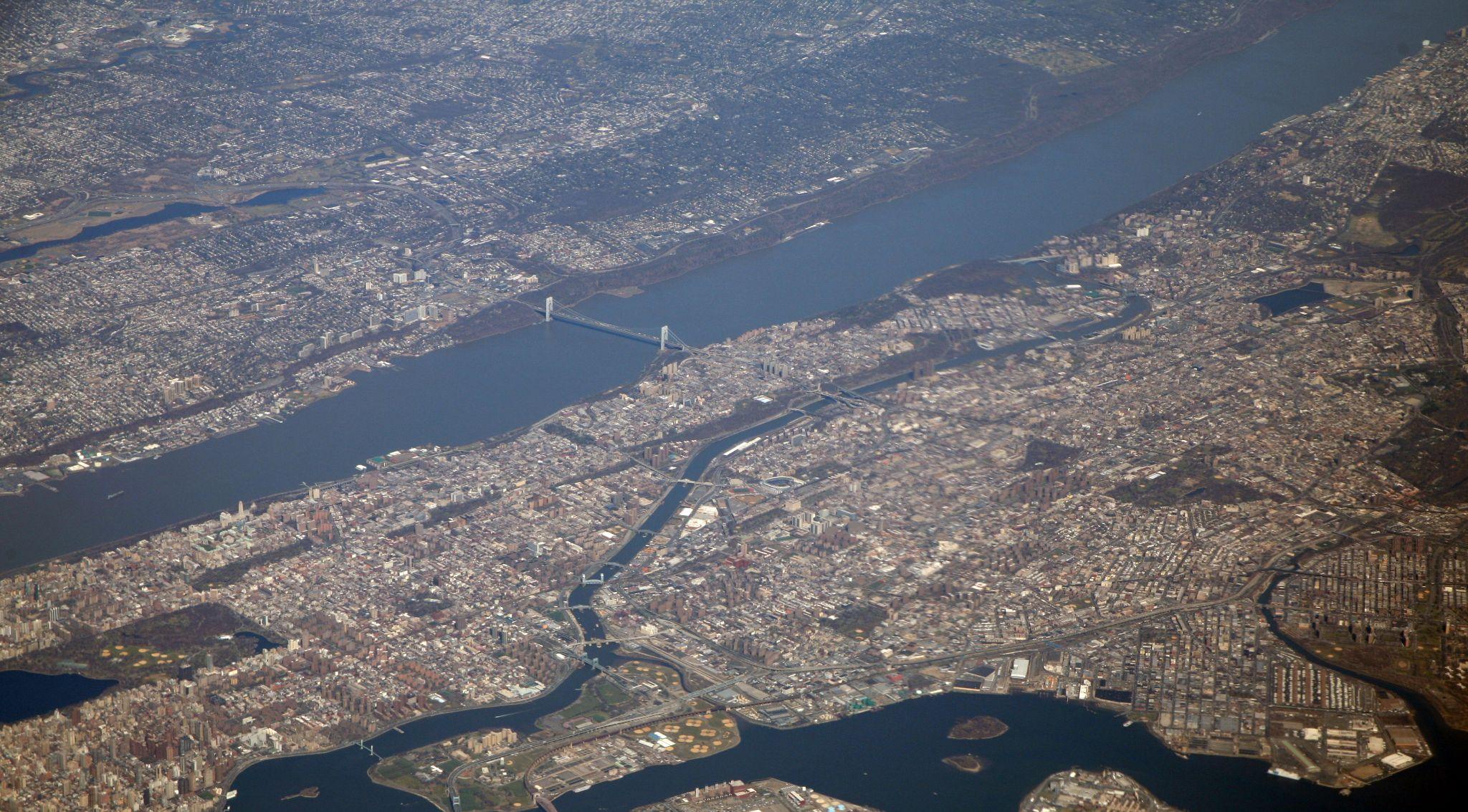It was a cruel summer, but not in the record-shattering way that Taylor Swift intended when she wrote the song and launched a blockbuster tour. Summer 2023 shattered heat records around the globe, and climate experts predict that 2023 is on track to be the hottest year in 174 years of temperature records.
Extreme heat is the No. 1 climate-related cause of death in the U.S. Race and location also matter in determining how much things are heating up. On National Public Radio’s Code Switch, journalist Shereen Marisol Meraji pointed out: “Mother Nature may not discriminate, but people do,” succinctly describing the disproportionate impact of extreme and urban heat on communities of color as a result of federally mandated racist housing policies.
The good news is with new laws focused on climate initiatives and infrastructure, billions of dollars of federal funding are available for climate resiliency projects. To determine which communities face the highest levels of environmental and climate change-related risk and health issues, and thus qualify for this historic funding, the federal government developed an interactive mapping Climate and Economic Justice Screening Tool.
The tool includes numerous data points such as income, asthma rates, and wildfire risk. The goal is for agencies to take into account all the tool’s indicators to determine the most disadvantaged communities to prioritize for funding. Anyone can use the tool to search for an address or ZIP code and see how indicators vary widely within and across cities and states.
The bad news? There is a glaring omission in the tool. Race is not included as one of the tool’s indicators — an attempt to head off potential legal challenges at the conservative Supreme Court, which ended race-conscious admissions programs at universities in June 2023.
As described on the website, demographics such as race/ethnicity “are included as information only and are not considered as a part of the tool’s methodology.” By omitting race, the federal government is ignoring the most salient indicator for determining which communities experience the greatest environmental and climate-related injustices. What’s more, the federal government explicitly used race to segregate communities across the nation, placing people of color in environmentally unsafe areas in the first place.
What does this have to do with modern-day climate resiliency? Across the nation, communities of color are concentrated in the hottest, urban and industrial areas, while white communities enjoy cooler tree-lined neighborhoods.
Why?
As described by Richard Rothstein in his book, “The Color of Law,” in the 1930s, through discriminatory policies like the Home Owners’ Loan Corporation, or HOLC, neighborhood grading system, the federal government explicitly used race to segregate the nation. White neighborhoods were deemed “best” and residents were granted access to abundant tree canopy and green space, resulting in present-day cooling effects.
On the contrary, communities of color were outlined in red (in other words, redlined), graded “hazardous,” prohibited from homeownership in thriving areas, and sequestered to environmentally unsafe industrial areas abundant with pollution and heat absorbing materials, creating present-day sweltering conditions as temperatures rise.
Read: The link between racist housing policies of the past and the climate risks of today
The urban heat island effect is a phenomenon where temperatures in urban areas, full of heat-absorbing materials like concrete, are significantly hotter than in suburban or rural areas with abundant green space and trees. How much hotter? During the day, urban/suburban temperature differences can reach upward of 10 degrees Fahrenheit. At night, differences can rocket up to greater than 20 degrees Fahrenheit as heat-absorbing materials continue to release heat. Formerly redlined areas map directly onto present-day urban heat islands at the level of each of the four HOLC grades from best (coolest) to hazardous (hottest).
Another glaring omission among the tool’s climate change indicators is heat vulnerability. The consequences for the health and well-being of communities of color are severe. Heat causes myriad health issues, both directly — like heat stroke — and indirectly through the exacerbation of health conditions such as heart disease and mental health challenges. Another issue is inequitable access to air conditioning at home and in schools, undermining the learning of students of color.
Creating a screening tool that captures all possible indicators is a challenging task. The tool importantly accounts for income because low-income areas tend to experience high degrees of environmental and climate injustice, and race often maps onto income due to social inequities. However, studies show that people of color are more likely to experience environmental and climate injustice regardless of income. By excluding race as an indicator in the tool, for supposed fear of legal challenges, the federal government is making an immoral choice to ignore the one factor it explicitly used in the past to place communities of color in environmentally hazardous areas that are now sites of climate injustice.
There are known solutions to mitigate the urban heat island effect, such as planting trees, greening school yards, and whitewashing pavement. Further, grassroots groups are taking action across the nation. Communities need funds to implement climate resiliency plans before it is too late, as temperatures only continue to rise. To do so, the federal government must explicitly account for race and heat vulnerability in order to prioritize funding for these communities. Supporting the climate resilience and dignity of communities of color is the only ethical thing to do and the only hope for creating the conditions that will allow these communities to survive — and finally thrive.
Tammie Visintainer is an assistant professor of science/teacher education at San José State University who explores intersections of race, place, and climate justice and is a Public Voices Fellow with The OpEd Project.


